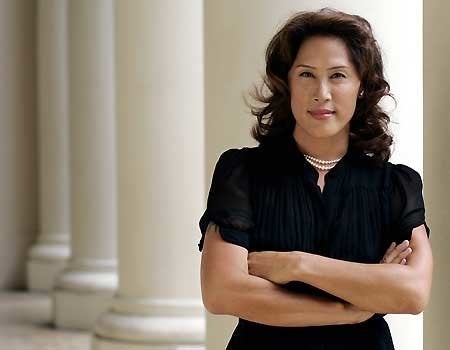“Excuse me, Professor, but you forgot to teach us something very important.”
It’s the kind of feedback that a physician, teaching an upper division course on children’s health at Stanford University, dreads hearing. Yet this is exactly what I heard in 2011, three years after I began teaching a large undergraduate course called, Critical Issues in Child Health. “I loved your course,” the student said, trying to ease the blow, “but there is one critical issue that you completely failed to address.”
It didn’t take me long to realize that she was right. My students had spent ten weeks exploring everything from breastfeeding to ADHD, but they hadn’t learned anything about transgender children and the challenges they face growing up in our society. The reason? This topic had been entirely absent from my own medical education so I knew little about what it really meant to be transgender.
Sometimes our students can be our greatest teachers. After that discussion, I began researching this area of children’s health and recently launched an online course on the topic. I learned about the formation of gender identity, a characteristic that many children can express by 3-4 years of age or younger, and how that characteristic can differ completely from the sex a child is assigned at birth. I learned that gender identity and sexual orientation are separate characteristics – the former answers the question “Who am I?” and the latter “Who am I going to love?” I learned about the shifting paradigm amongst physicians and scientists who are now describing gender identity as a characteristic that exists along a spectrum, rather than forcing our children to fit into two checkboxes, one pink and the other blue.
From families in our community, I learned about the all-too-often hidden fear and pain endured by parents just like me, raising children just like mine. Their unconditional love, bravery and determination to make the world better and safer for all of our children, brought tears to my eyes. After all, who doesn’t worry about their child being loved and accepted in this world? Who doesn’t pray that their child will be celebrated for who they really are?
These remarkable parents and the physicians who practice at Stanford’s Gender Clinic helped me to understand what it means to be transgender and what we can do to support the transgender children in our world. Below are some of the key takeaways:
Physicians and scientists are only starting to understand the biochemical factors that affect gender identity development in utero. This characteristic may be influenced by a variety of hormonal factors during fetal development and a child’s gender identity may not always match the sex they were assigned at birth.
Gender identity is a child’s internal sense of where they fall on the gender spectrum. Gender expression is the way a child expresses their gender to the world around them, often through things like how they dress or the hairstyle they choose. Children who choose not to conform to gender norms (in terms of their gender expression) are not necessarily transgender. The term transgender is reserved for children who persistently and consistently express a gender identity that does not align with their sex assigned at birth.
During early childhood (up until puberty) the best way to support a transgender child is to honor their gender identity and how they wish to express that identity, by allowing them to dress in a way that makes them most comfortable and use the pronouns and/or nickname that they prefer. This often involves working with family members, the school and other community members to respect a child’s sense of who they are and how they wish to express their gender identity.
Puberty can be especially challenging for transgender children as their bodies begin to develop in a direction that does not align with their gender identity. At puberty, many transgender individuals and their families will choose to reversibly pause puberty, using a puberty blocker. This gives the child and their family more time to make decisions and also prevents the development of some potentially irreversible body characteristics associated with pubertal development. In older adolescence/adulthood, decisions can then be made about cross-sex hormone therapy and gender affirming surgical procedures, but these choices are highly individual and many transgender people choose not to undergo any surgical procedures.
There are enormous and well documented risks to the mental health of a child who is not allowed to live and express themselves in a way that feels authentic to them. The rates of clinical depression and suicide are staggeringly high in this subset of children and adolescents. Imagine being forced to dress up and act like someone else every day of your life. Imagine trying to “keep a secret” of this magnitude from the people you love most in all the world.
As a global community of parents, we have a social responsibility to help create a world that is ready to love and celebrate each and every child for who they are. By celebrating gender identity as a characteristic that exists across a spectrum (and one that may not always match sex assigned at birth), parents, teachers, healthcare professionals and policy makers can create a more gender expansive environment - one that allows all of our children to live authentically. Why wouldn’t we?

